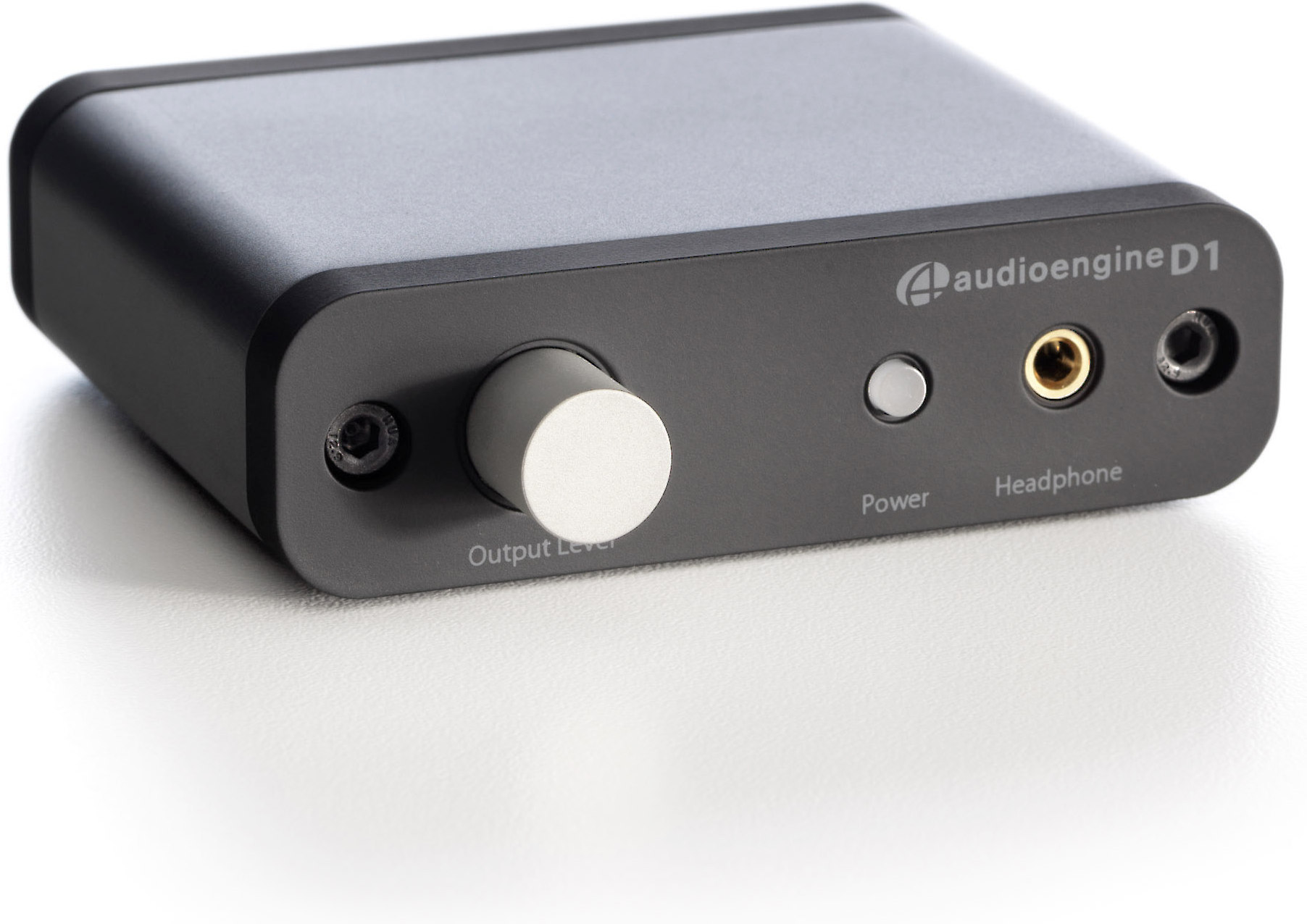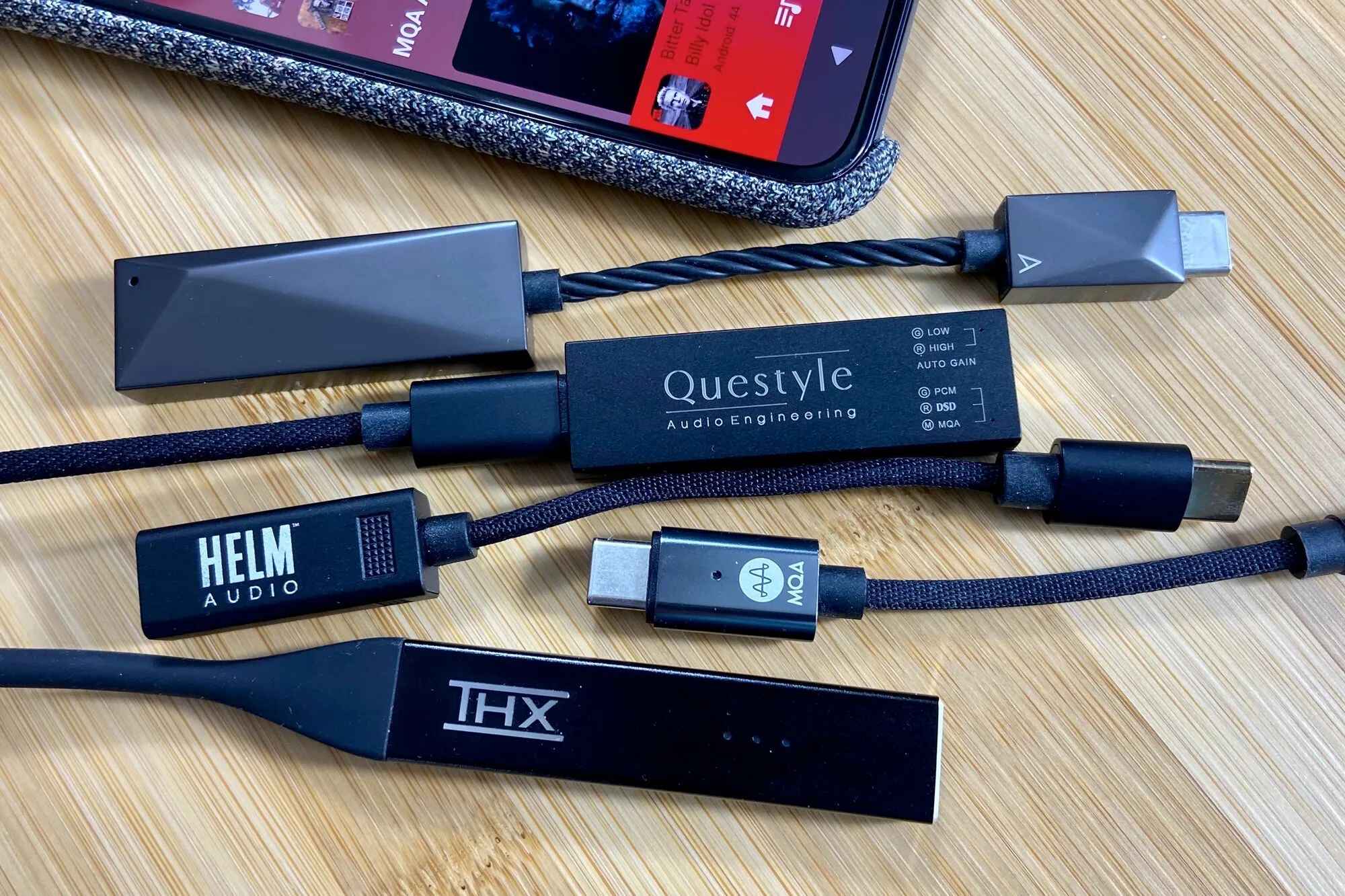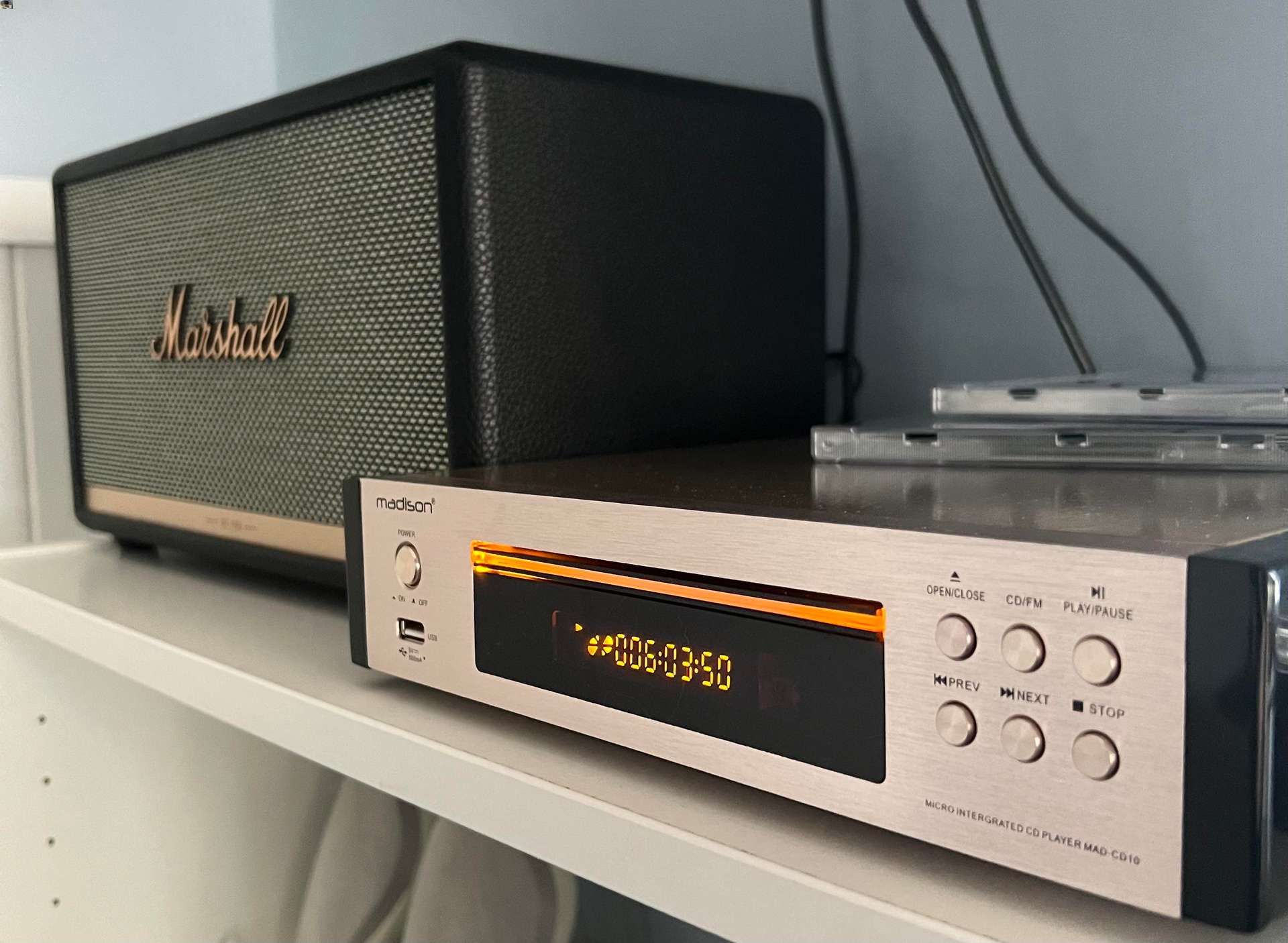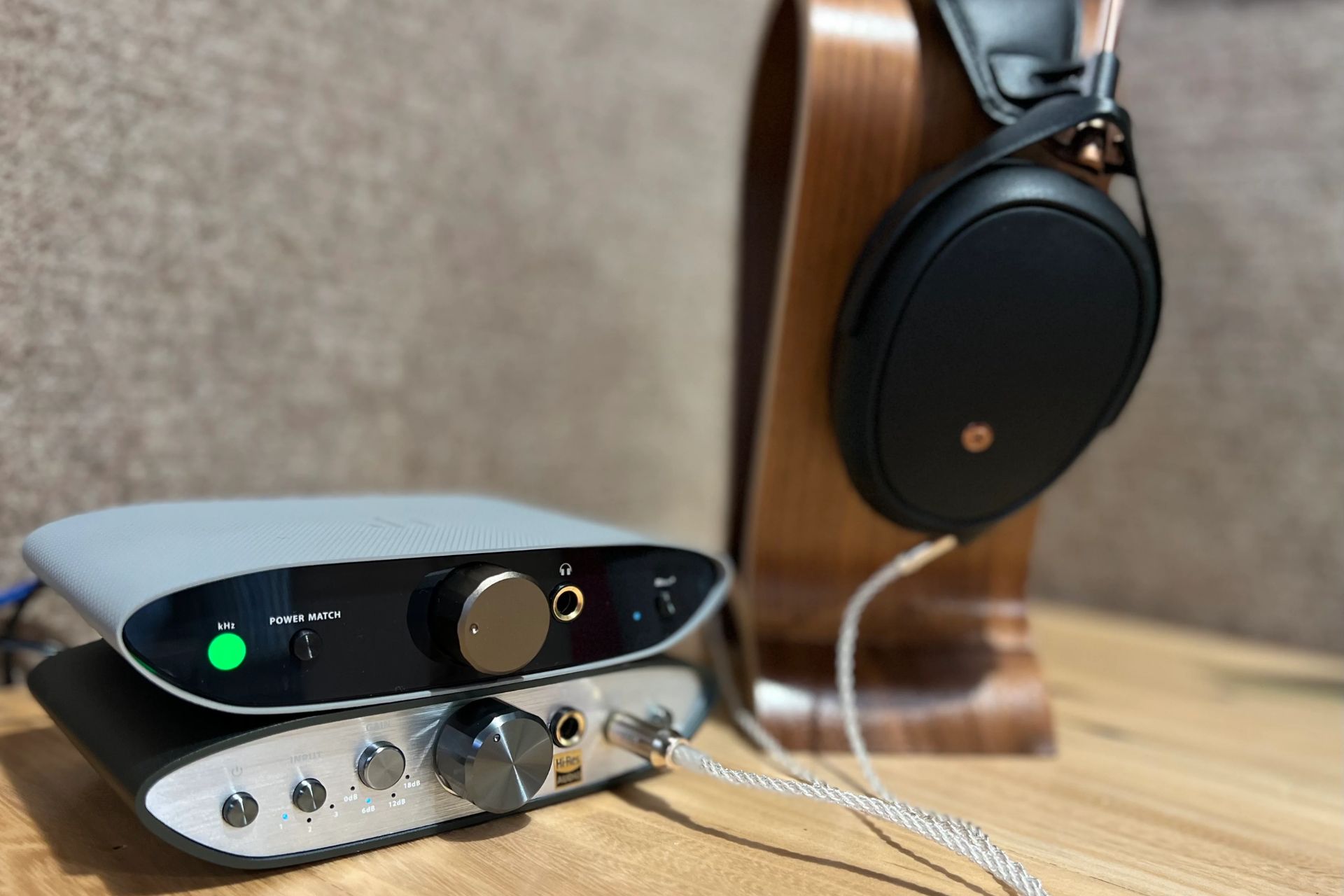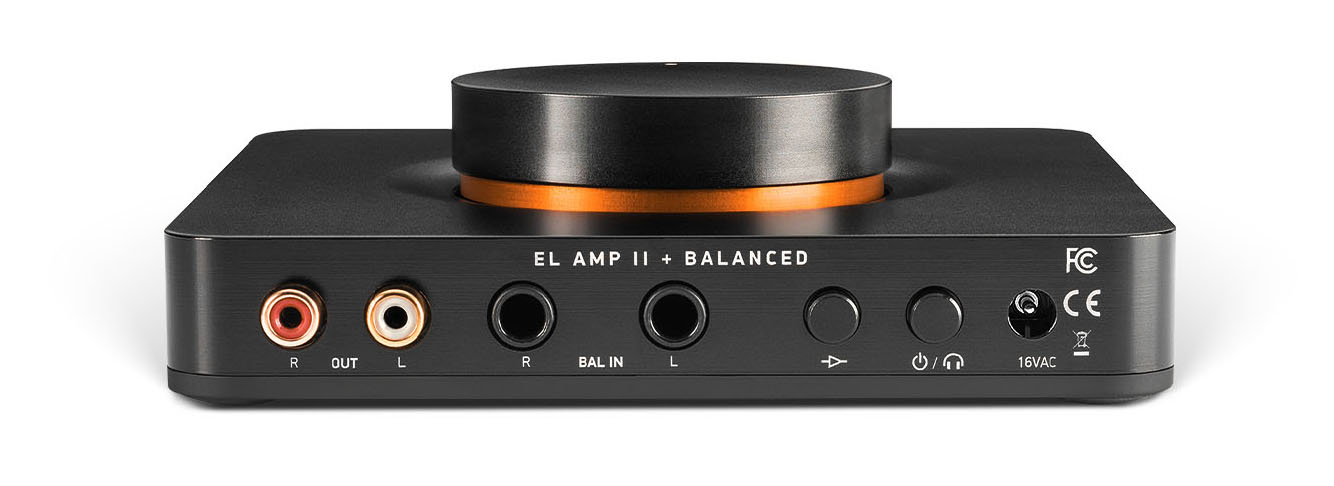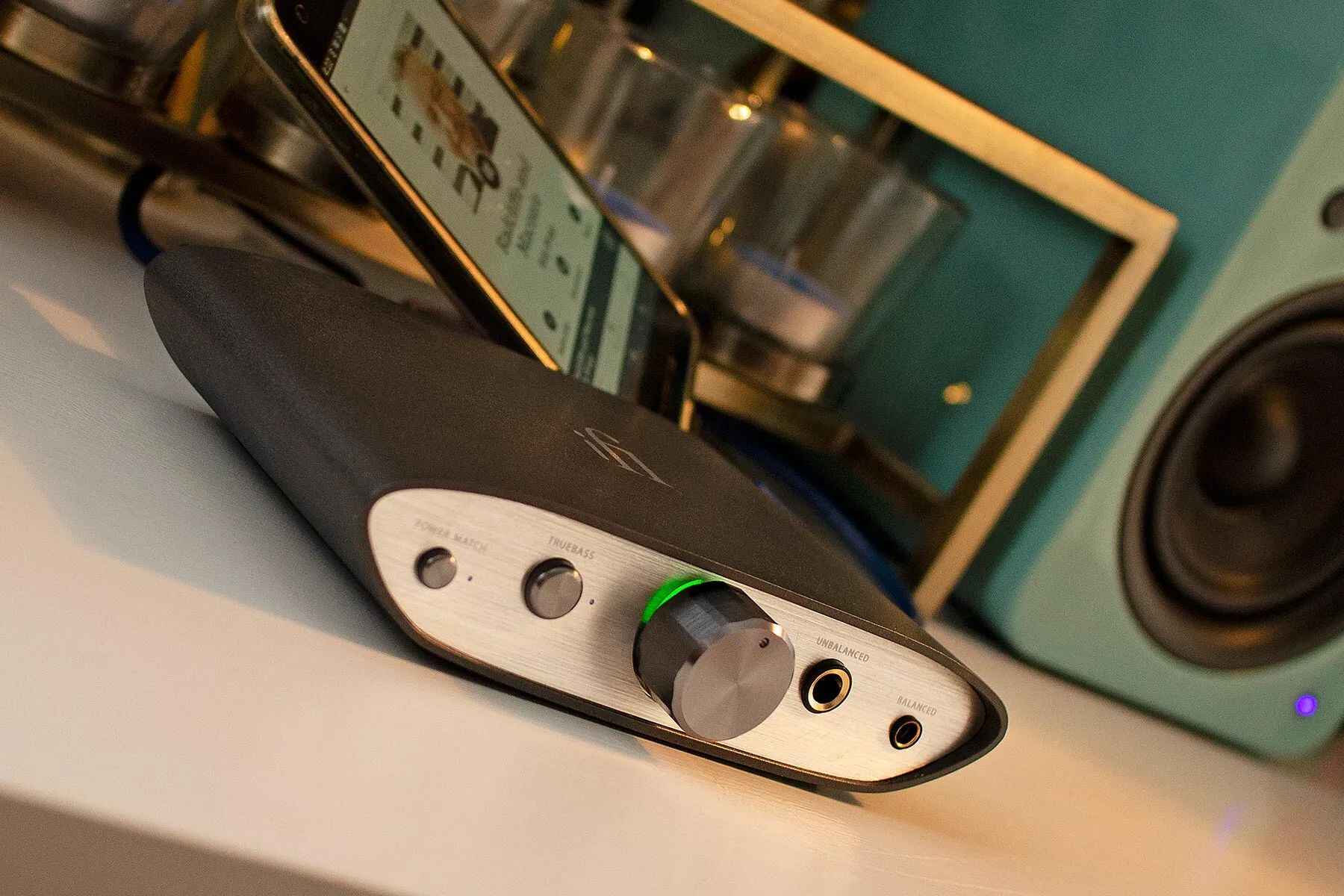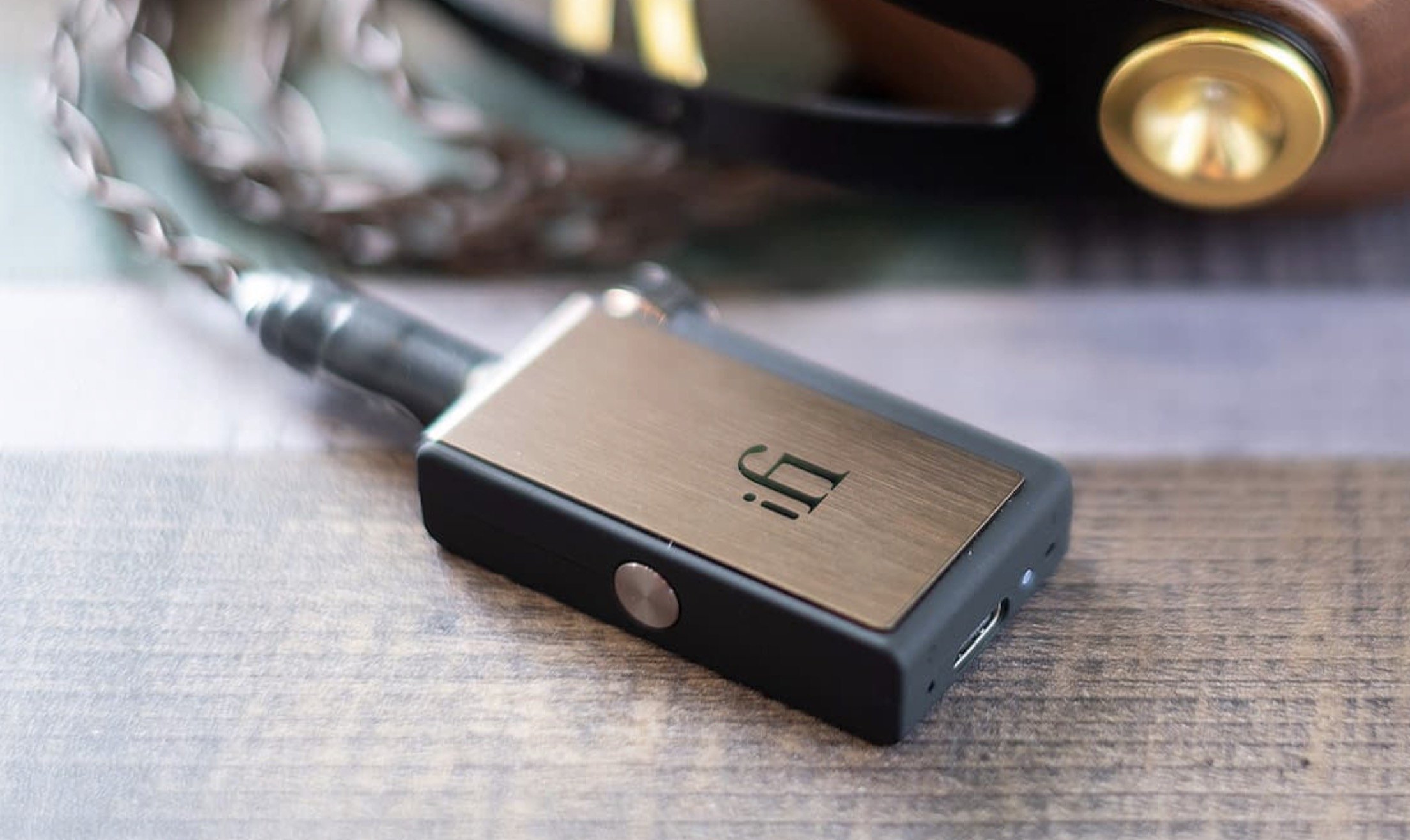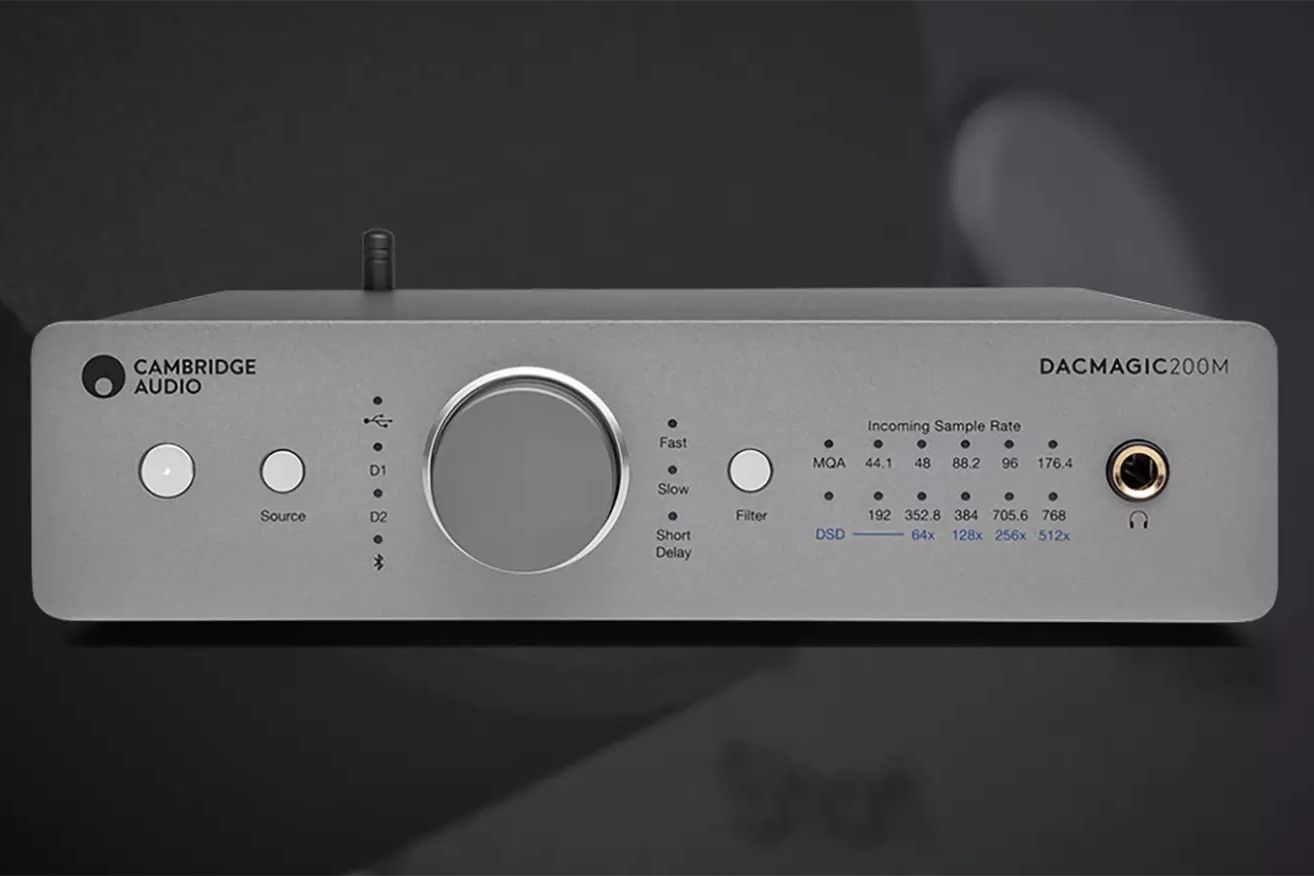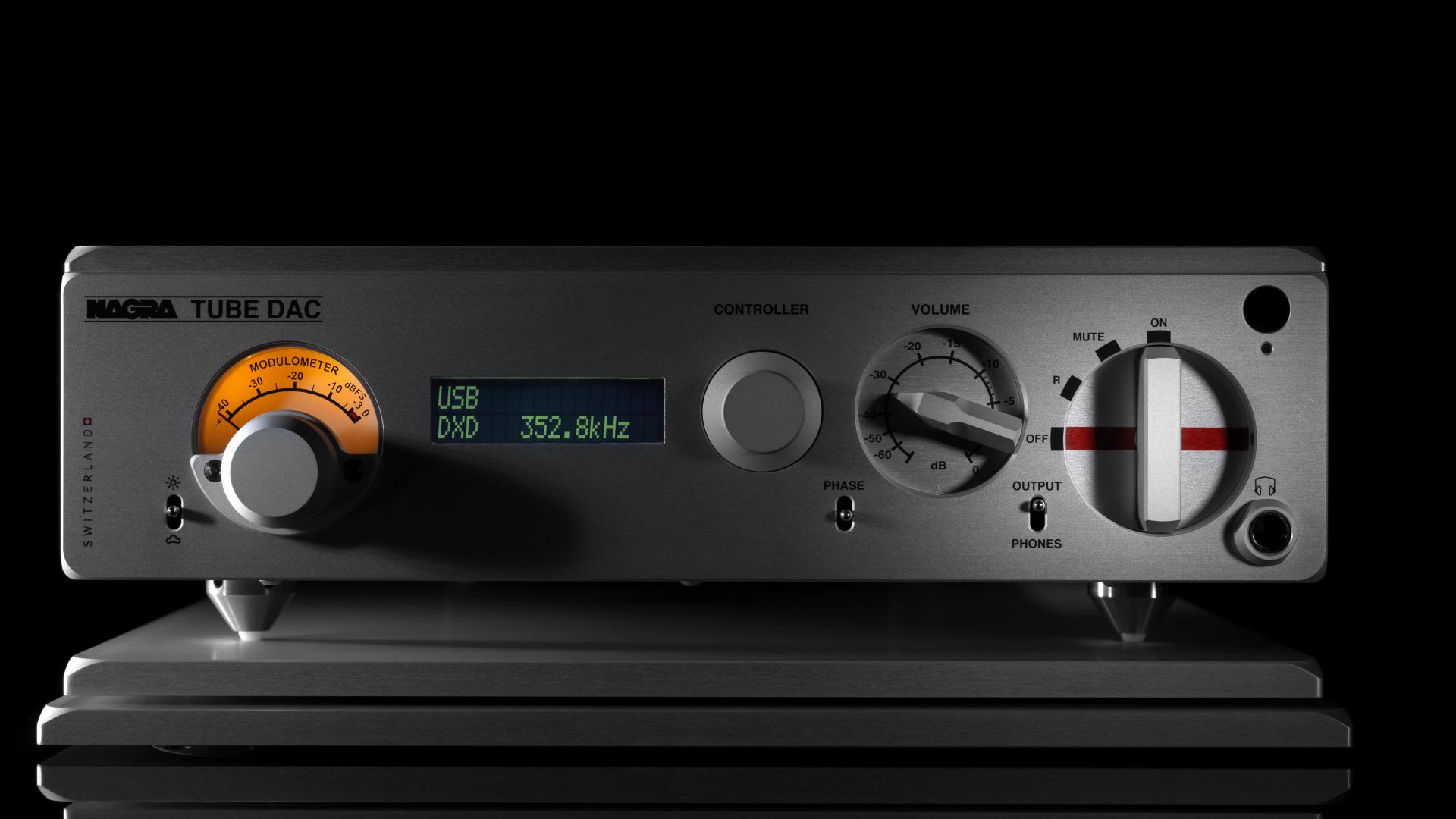Introduction
In today's digital age, music and audio enthusiasts are constantly seeking ways to elevate their listening experience. As technology continues to advance, the demand for high-quality sound reproduction has led to the development of innovative audio equipment. One such device that has gained prominence in the realm of audio enhancement is the USB digital-to-analog converter (DAC).
The rise of digital music formats and streaming services has revolutionized how we consume audio content. While these advancements have made music more accessible, they have also highlighted the limitations of built-in sound cards in computers and mobile devices. This is where USB DACs come into play, offering a solution to deliver superior audio quality and a more immersive listening experience.
As we delve into the intricacies of USB DACs, it's important to understand their fundamental role in the audio landscape. These compact yet powerful devices serve as a bridge between digital audio sources, such as computers or smartphones, and analog audio output devices, including headphones, speakers, and amplifiers. By converting digital signals into analog sound waves, USB DACs play a pivotal role in ensuring that the audio signal is accurately translated and reproduced with exceptional clarity and fidelity.
The allure of USB DACs lies in their ability to bypass the internal sound processing capabilities of standard devices, which are often susceptible to electromagnetic interference and signal degradation. By utilizing a USB DAC, audio enthusiasts can bypass these limitations and unlock the full potential of their audio equipment, resulting in a more authentic and immersive listening experience.
In the following sections, we will explore the inner workings of USB DACs, uncover the benefits they offer, and provide valuable insights for selecting the right USB DAC to suit individual preferences and audio setups. Whether you are a discerning audiophile, a dedicated music enthusiast, or simply someone who appreciates high-quality sound, understanding the role of USB DACs is essential in harnessing the true potential of your audio equipment.
What is a USB DAC?
A USB DAC, short for USB digital-to-analog converter, is a compact yet powerful audio device designed to enhance the quality of digital audio signals. At its core, a USB DAC serves as a bridge between digital audio sources, such as computers, smartphones, or tablets, and analog audio output devices, including headphones, speakers, and amplifiers. Unlike the built-in sound cards found in most devices, which are often limited in their ability to deliver high-fidelity audio, USB DACs are engineered to provide a superior audio experience by converting digital signals into analog sound waves with exceptional precision and clarity.
The primary function of a USB DAC is to bypass the internal sound processing capabilities of standard devices, thereby circumventing potential signal degradation and electromagnetic interference. By doing so, USB DACs enable audio enthusiasts to enjoy a more authentic and immersive listening experience, free from the constraints imposed by built-in sound cards. This is particularly advantageous for individuals who prioritize audio quality and seek to unlock the full potential of their audio equipment.
USB DACs come in various forms, ranging from portable, pocket-sized models to larger, desktop-oriented units. Many USB DACs are equipped with advanced digital signal processing (DSP) technologies and high-quality digital-to-analog conversion chips, allowing them to accurately translate digital audio signals into analog form while minimizing distortion and noise. Additionally, some USB DACs feature integrated headphone amplifiers, further enhancing their ability to drive high-impedance headphones and deliver robust, distortion-free sound.
In essence, a USB DAC serves as a critical intermediary in the audio chain, ensuring that digital audio signals are faithfully translated into high-fidelity analog sound waves. Whether used for music playback, gaming, or multimedia content consumption, USB DACs offer a compelling solution for elevating the audio experience across a wide range of applications. As we delve deeper into the realm of USB DACs, it becomes evident that these devices play a pivotal role in reshaping the way we perceive and appreciate audio, setting a new standard for uncompromising sound quality and immersive listening pleasure.
How does a USB DAC work?
A USB DAC operates by performing the crucial task of converting digital audio signals from a computer or mobile device into analog sound waves that can be accurately reproduced by headphones, speakers, or amplifiers. At the heart of this process lies the digital-to-analog conversion, where the binary data representing the audio signal is transformed into a continuous analog waveform that closely mirrors the original sound.
When a digital audio file is played on a computer or transmitted from a mobile device, it is initially in a digital format, typically represented as a series of binary numbers. These digital signals are inherently suited for processing and storage but require conversion into analog form for playback through traditional audio output devices. This is where the USB DAC steps in, serving as a catalyst for this transformation.
Upon receiving the digital audio data, the USB DAC utilizes its internal digital-to-analog converter chip to meticulously reconstruct the audio signal in analog form. The digital audio data is processed, and the DAC meticulously translates it into a voltage waveform, which faithfully represents the original audio signal. This analog waveform is then amplified to the appropriate level and delivered to the connected headphones, speakers, or amplifiers, allowing for the accurate reproduction of the audio content.
Furthermore, USB DACs often incorporate advanced signal processing capabilities to ensure that the digital-to-analog conversion is executed with precision and finesse. This may involve employing sophisticated algorithms to minimize distortion, reduce jitter, and enhance the overall signal integrity. Additionally, some USB DACs integrate headphone amplifiers, which further refine the analog audio signal, providing ample power to drive a diverse range of headphones while maintaining exceptional sound quality.
In essence, the USB DAC acts as a catalyst for transcoding digital audio signals into analog form, ensuring that the audio content is faithfully reproduced with remarkable clarity and fidelity. By harnessing the power of digital signal processing and high-quality conversion components, USB DACs play a pivotal role in elevating the audio experience, offering a pathway to unlock the full sonic potential of digital audio content.
This intricate process underscores the significance of USB DACs in the audio landscape, highlighting their indispensable role in reshaping how we perceive and enjoy high-fidelity audio, setting a new standard for uncompromising sound quality and immersive listening pleasure.
Benefits of using a USB DAC
-
Enhanced Audio Quality: One of the primary benefits of using a USB DAC is the significant improvement in audio quality. By bypassing the internal sound processing of standard devices, USB DACs ensure that digital audio signals are accurately translated into high-fidelity analog sound waves. This results in a more immersive and authentic listening experience, characterized by enhanced clarity, detail, and spatial imaging. Whether enjoying music, movies, or gaming, the superior audio reproduction facilitated by a USB DAC elevates the overall sensory impact, allowing users to discern subtleties in the sound that may have been previously obscured.
-
Noise Reduction and Signal Integrity: USB DACs are designed to mitigate electromagnetic interference and reduce signal degradation, resulting in cleaner, more pristine audio output. By isolating the audio processing from the internal circuitry of computers and mobile devices, USB DACs effectively minimize background noise and distortion, preserving the integrity of the audio signal. This noise reduction contributes to a more transparent and articulate sound, enabling listeners to appreciate the nuances and dynamics of the audio content without intrusive artifacts or interference.
-
Compatibility and Versatility: USB DACs offer broad compatibility with a wide range of devices, including computers, laptops, smartphones, and tablets. This versatility allows users to seamlessly integrate USB DACs into their existing audio setups, regardless of the operating system or hardware specifications. Additionally, many USB DACs support multiple audio formats and sampling rates, accommodating diverse audio preferences and ensuring compatibility with various digital audio sources. This flexibility empowers users to enjoy high-quality audio reproduction across different platforms and devices, enhancing the accessibility and convenience of USB DACs.
-
Headphone Amplification: Several USB DACs feature integrated headphone amplifiers, providing ample power to drive high-impedance headphones and deliver robust, distortion-free sound. This capability is particularly advantageous for audiophiles and music enthusiasts who demand superior headphone performance. By leveraging the built-in headphone amplifier of a USB DAC, users can experience heightened dynamics, improved transient response, and greater control over their headphones, resulting in a more engaging and immersive listening experience.
-
Portability and Convenience: Many USB DACs are designed to be compact and portable, making them ideal for on-the-go audio enthusiasts. Whether traveling, commuting, or working in different environments, the portability of USB DACs ensures that users can consistently enjoy high-quality audio reproduction without being tethered to a fixed audio system. This convenience enhances the accessibility of premium audio performance, allowing users to elevate their listening experience wherever they go.
In summary, the benefits of using a USB DAC encompass a holistic enhancement of the audio experience, encompassing superior sound quality, reduced noise and interference, broad compatibility, versatile headphone amplification, and portable convenience. These advantages position USB DACs as indispensable tools for audio enthusiasts seeking to unlock the full potential of their digital audio content and audio equipment.
Considerations when choosing a USB DAC
When selecting a USB DAC, several key considerations should be taken into account to ensure that the chosen device aligns with individual preferences and audio setup requirements. These considerations encompass various aspects, including technical specifications, connectivity options, form factor, and intended usage scenarios. By carefully evaluating these factors, users can make informed decisions and identify a USB DAC that best complements their audio needs and preferences.
Sound Quality and Audio Performance
The foremost consideration when choosing a USB DAC revolves around sound quality and audio performance. Users should assess the digital-to-analog conversion capabilities of the DAC, paying attention to the quality of the digital-to-analog converter (DAC) chip, signal-to-noise ratio (SNR), total harmonic distortion (THD), and frequency response. These technical specifications directly influence the fidelity and accuracy of audio reproduction, impacting the overall listening experience. Additionally, considering the DAC's ability to support high-resolution audio formats and sampling rates is crucial for individuals who prioritize audiophile-grade sound reproduction.
Compatibility and Connectivity
Another vital aspect to consider is the compatibility and connectivity options offered by the USB DAC. Users should verify the compatibility of the DAC with their existing devices, ensuring seamless integration with computers, laptops, smartphones, or tablets. Additionally, assessing the availability of driver support for different operating systems and the presence of versatile connectivity interfaces, such as USB-C, optical, or coaxial connections, is essential for accommodating diverse audio setups and preferences.
Form Factor and Portability
The form factor and portability of the USB DAC play a significant role, especially for users who require mobility and flexibility. Compact, pocket-sized USB DACs are well-suited for on-the-go usage, offering convenience and portability without compromising audio performance. Conversely, larger desktop-oriented USB DACs may provide additional features, such as advanced digital signal processing (DSP) capabilities and integrated headphone amplifiers, catering to users with specific audio enhancement requirements.
Integrated Headphone Amplification
For individuals who prioritize headphone listening, the presence of an integrated headphone amplifier within the USB DAC is a crucial consideration. Assessing the power output, impedance range, and compatibility with different headphone types enables users to determine whether the DAC can adequately drive their headphones while maintaining optimal sound quality and amplification performance.
User Interface and Controls
The user interface and controls of the USB DAC should be evaluated to ensure user-friendly operation and accessibility. Features such as volume control, input selection, and indicator lights contribute to the overall user experience, providing intuitive functionality and seamless adjustment of audio settings.
Budget and Value Proposition
Lastly, users should consider the budget and value proposition offered by the USB DAC, weighing the cost against the features, performance, and build quality. Identifying a USB DAC that strikes a balance between affordability and audio enhancement capabilities is essential for making a sound investment in high-quality audio equipment.
By carefully considering these factors when choosing a USB DAC, users can navigate the diverse range of options available in the market and identify a device that aligns with their audio preferences, usage scenarios, and technical requirements. This thoughtful approach ensures that the selected USB DAC seamlessly integrates into the audio ecosystem, unlocking the full potential of digital audio content and delivering an elevated listening experience.
Conclusion
In conclusion, the role of USB DACs in the realm of audio enhancement is undeniably profound, offering a gateway to unlock the full potential of digital audio content and audio equipment. These compact yet powerful devices serve as indispensable intermediaries, bridging the gap between digital audio sources and analog output devices while delivering a host of compelling benefits.
The evolution of USB DACs has redefined the audio landscape, empowering users to transcend the limitations of built-in sound cards and experience a new standard of uncompromising sound quality and immersive listening pleasure. By leveraging advanced digital signal processing and high-quality conversion components, USB DACs elevate the audio experience across a myriad of applications, from music playback and gaming to multimedia content consumption.
The benefits of using a USB DAC, ranging from enhanced audio quality and noise reduction to compatibility and portability, underscore the transformative impact of these devices on the way we perceive and appreciate audio. Furthermore, the considerations when choosing a USB DAC provide valuable insights for users to make informed decisions, ensuring that the selected device aligns with their unique audio preferences and technical requirements.
As technology continues to advance, USB DACs remain at the forefront of audio innovation, catering to the discerning needs of audiophiles, music enthusiasts, and individuals who prioritize high-fidelity audio reproduction. The intricate process through which USB DACs transcode digital audio signals into analog form underscores their indispensable role in reshaping the audio experience, setting a new benchmark for uncompromising sound quality and immersive listening pleasure.
In essence, the understanding of USB DACs and their pivotal role in audio signifies a paradigm shift in how we engage with digital audio content, emphasizing the pursuit of sonic excellence and the preservation of audio fidelity. By embracing the capabilities of USB DACs, users can embark on a journey to rediscover the nuances, subtleties, and emotional depth of their favorite audio content, transcending the boundaries of conventional sound reproduction and embracing a new era of audio enrichment.
Ultimately, the significance of USB DACs extends beyond technical prowess, resonating with the fundamental human desire for immersive, emotive, and authentic audio experiences. As we continue to explore the frontiers of audio technology, USB DACs stand as a testament to the enduring pursuit of sonic excellence and the enduring power of music and sound to captivate, inspire, and elevate the human spirit.







